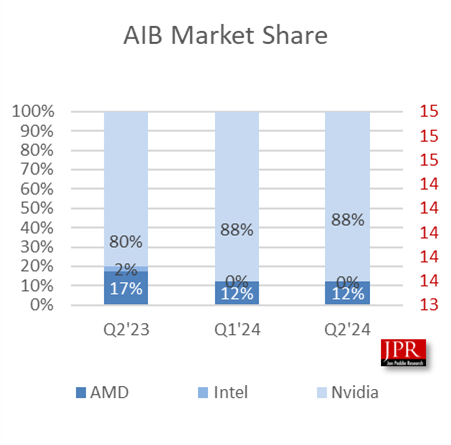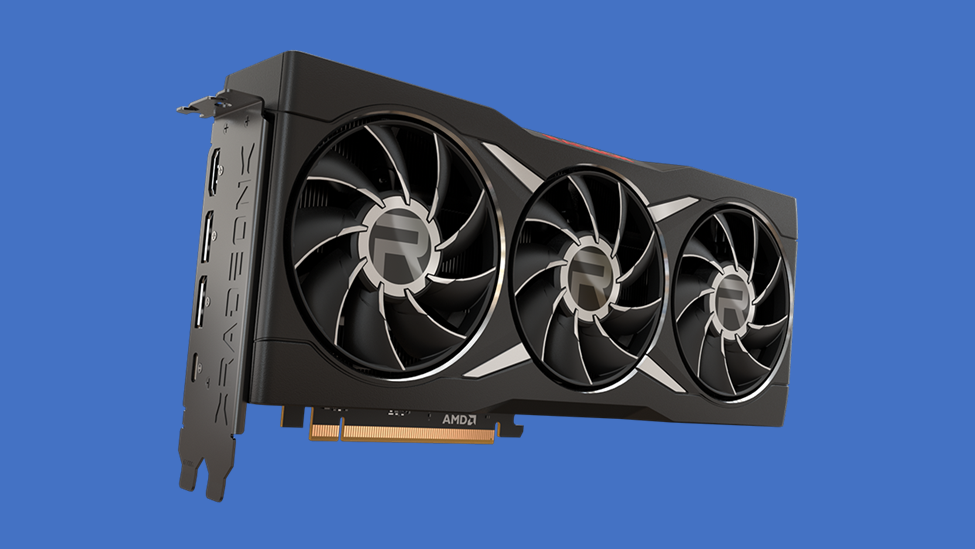DegustatoR
Legend
That's a big "if".If they shift their messaging and product lineup to best value similar to early Zen generations they can generate a lot of positive buzz and sales momentum.
This statement:
Makes it sound like Nvidia, Intel and other GPU makers somehow only target the "10% of the TAM" and produce only "Porsches and Ferraris" which is essentially completely false. The "80%" is the most competitive part of the market with the lowest margins which coincidentally is why all chip makers want to target those "10%" as much as they could.So, my number one priority right now is to build scale, to get us to 40 to 50 percent of the market faster. Do I want to go after 10% of the TAM [Total Addressable Market] or 80%? I’m an 80% kind of guy because I don’t want AMD to be the company that only people who can afford Porsches and Ferraris can buy. We want to build gaming systems for millions of users.
So yeah, I think this is just PR preparation for another AMD generation without proper high end part, little more.





